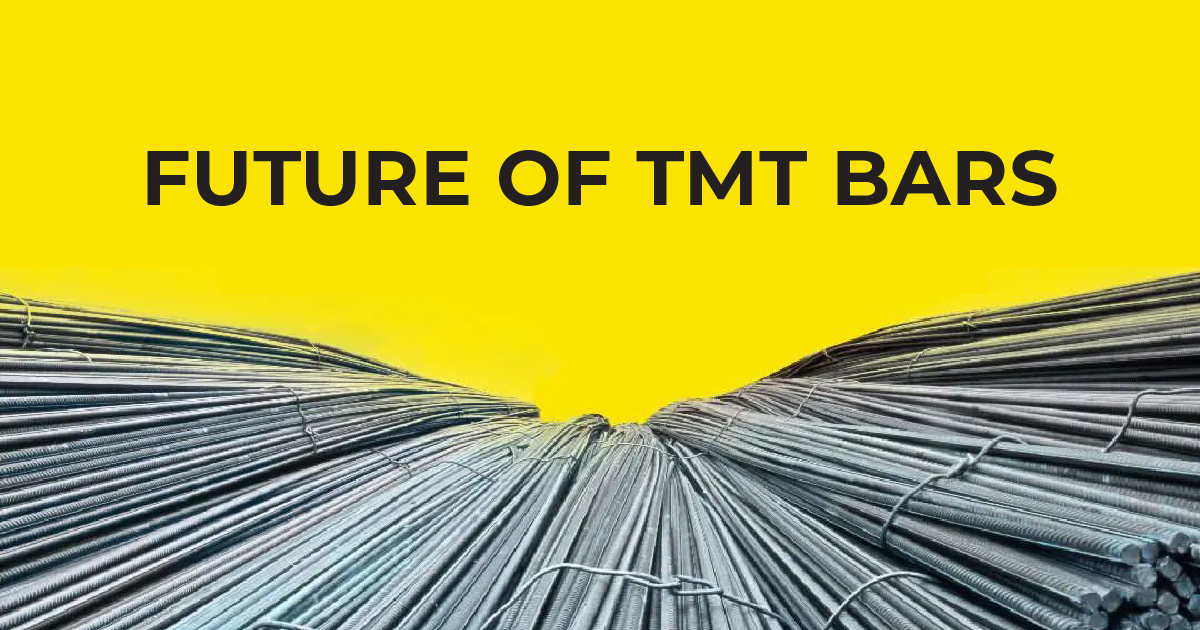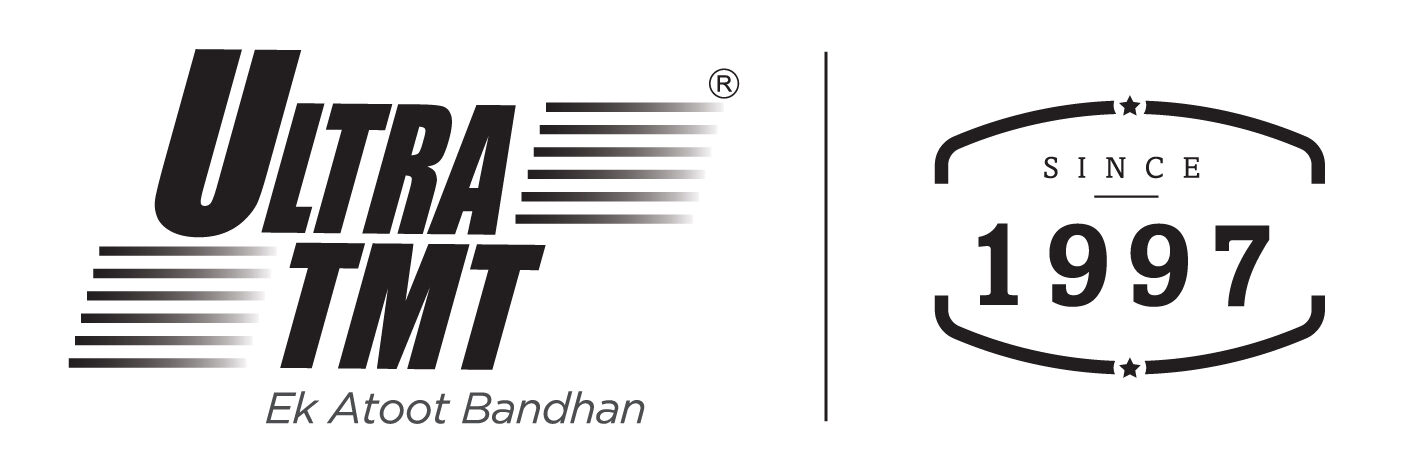

In the ever-evolving landscape of construction materials, TMT bars have played a crucial role in ensuring the structural integrity and durability of buildings. These bars have come a long way from the traditional iron rods, with modern advancements and technological innovations transforming the industry. With these innovations, Ultra TMT bars have emerged as a game-changer, redefining the standards for strength and flexibility in construction.
The Future of TMT Bars in India
Introduction:
Evolution of TMT Bars:
Ultra TMT Bars: A Game-Changer:
Ultra TMT bars take the evolution of TMT bars to the next level. Engineered with precision and incorporating state-of-the-art technology, these bars offer unparalleled strength and flexibility. The unique microstructure of Ultra TMT bars provides superior resistance to seismic forces and corrosion, making them an ideal choice for construction in diverse environments.
Market Trends and Demand:
Ultra TMT Bars vs. Conventional Options:
When comparing Ultra TMT bars to conventional options, the differences are striking. These bars boast higher tensile strength, better elongation properties, and enhanced weldability. While the initial cost may be slightly higher, the long-term benefits, including reduced maintenance costs and extended lifespan, make Ultra TMT bars a cost-effective choice.
Technological Innovations in Ultra TMT Production:
The production of Ultra TMT bars involves advanced technological processes that ensure uniform quality and performance. From precise temperature control during heat treatment to innovative cooling methods, manufacturers are pushing the boundaries to create TMT bars that meet and exceed industry standards. Additionally, sustainability is a key focus, with efforts to reduce the environmental impact of production processes.
Challenges and Solutions:
Future Prospects:
The future of Ultra TMT bars in India looks promising. As the construction industry continues to evolve, the demand for high-performance materials will drive the growth of the Ultra TMT market. Anticipated trends include further innovations in production processes, increased awareness among consumers, and collaborations with global leaders in materials technology.
Conclusion:
In conclusion, the future of Ultra TMT bars in India looks promising and transformative for the construction industry. The unique features, technological advancements, and market trends all point towards a significant role for Ultra TMT bars in shaping the structures of tomorrow. As the industry continues to embrace innovation, choosing Ultra TMT bars becomes not just a preference but a necessity for those seeking durable and resilient construction solutions.
FAQ
The difference between a TMT bar and a normal bar is the composition and strength. TMT (Thermo-Mechanically Treated) bars are manufactured by subjecting them to a combination of heat treatment and mechanical processes, which enhances their strength and ductility. This process involves quenching the bars in water after they are heated to a high temperature, followed by self-tempering. As a result, TMT bars exhibit superior tensile strength, elongation, and corrosion resistance compared to normal bars. Additionally, TMT bars have a soft ferrite-pearlite core and a tough outer martensitic layer, which contributes to their improved seismic resistance and structural integrity. In contrast, normal bars do not undergo such specialized treatment and have relatively lower strength and durability. Hence, in construction projects which require high quality reinforcement, TMT bars are widely preferred for their superior mechanical properties and ability to withstand seismic forces.
Several factors need to be considered while identifying the best TMT bars. Firstly, it is crucial to assess the brand reputation and credibility of the manufacturer. Look for renowned brands that have a proven track record of delivering high-quality TMT bars. Secondly, consider the grade and certification of the bars. Look for bars that comply with national and international standards, such as IS 1786:2008 for India or ASTM A615/A615M for the United States. Thirdly, evaluate the manufacturing process. The best TMT bars are produced using advanced technology and adhere to strict quality control measures, ensuring uniformity and consistency. Additionally, check for features like rib patterns, which enhance the bond strength with concrete. Lastly, consider factors such as corrosion resistance, elongation, and yield strength, as they determine the overall durability and performance of the TMT bars. By carefully considering these factors, you can identify the best TMT bars that meet your specific construction requirements.
TMT bars, or Thermo-Mechanically Treated bars, have a wide range of uses in the construction industry. They are primarily used for reinforcing concrete structures to provide strength and durability. TMT bars are commonly used in the construction of buildings, bridges, dams, flyovers, and other infrastructure projects. Due to their high tensile strength, they effectively withstand heavy loads and seismic forces, making them ideal for earthquake-prone areas. TMT bars are also corrosion-resistant, ensuring the longevity of structures even in harsh environmental conditions. Moreover, their superior bond strength with concrete enhances the structural integrity and stability of buildings. TMT bars are available in various sizes and grades, making them versatile for different types of construction applications. Overall, TMT bars are essential components in the construction industry, providing the necessary reinforcement to ensure safe and resilient structures.
